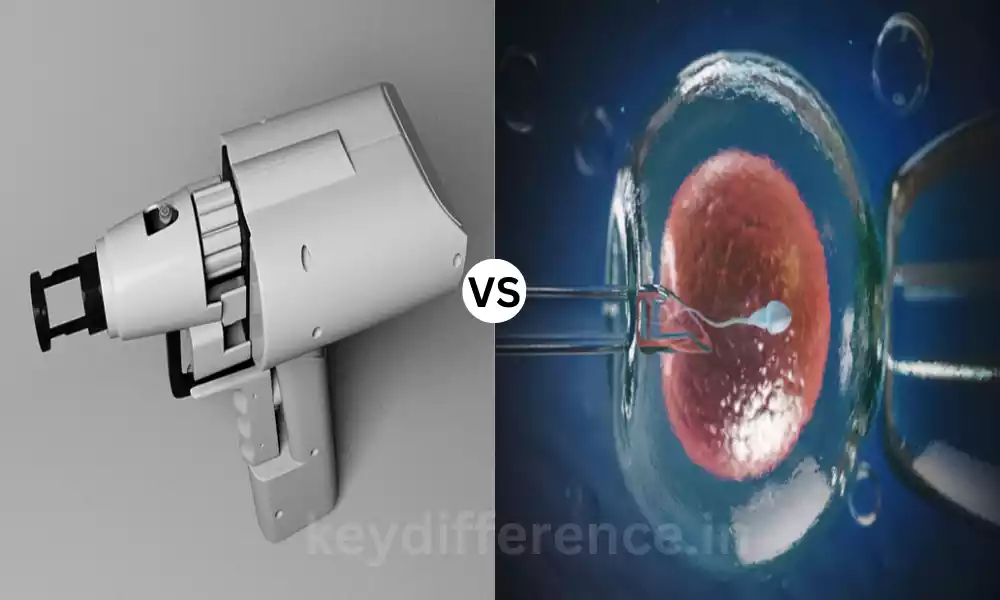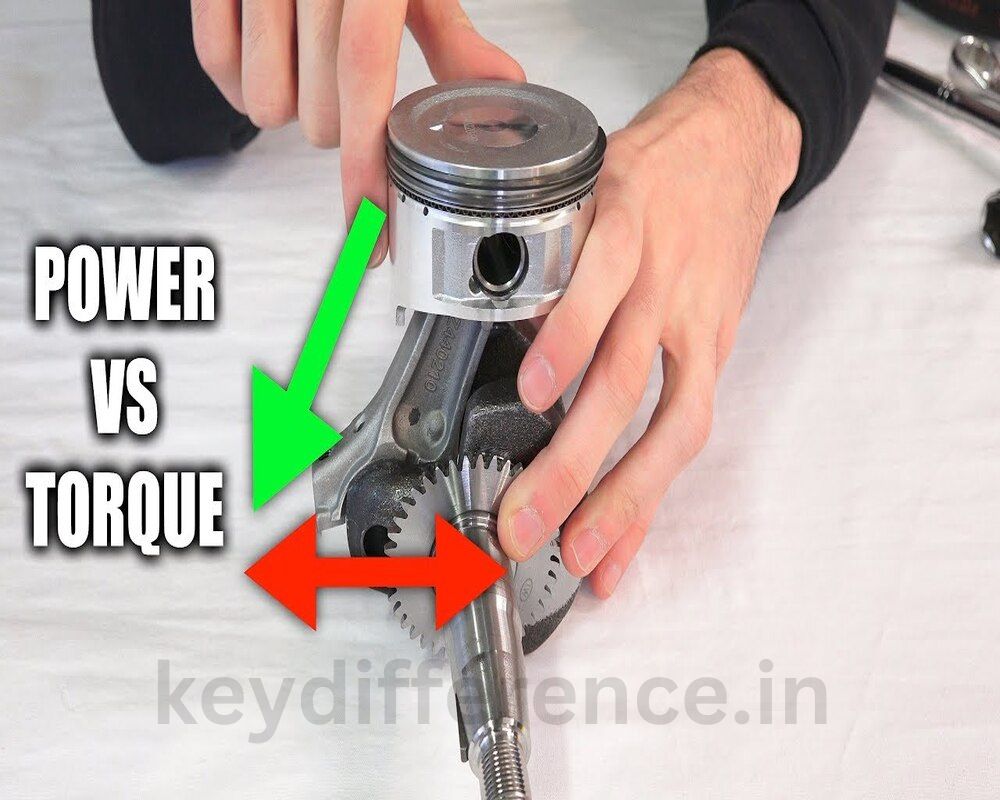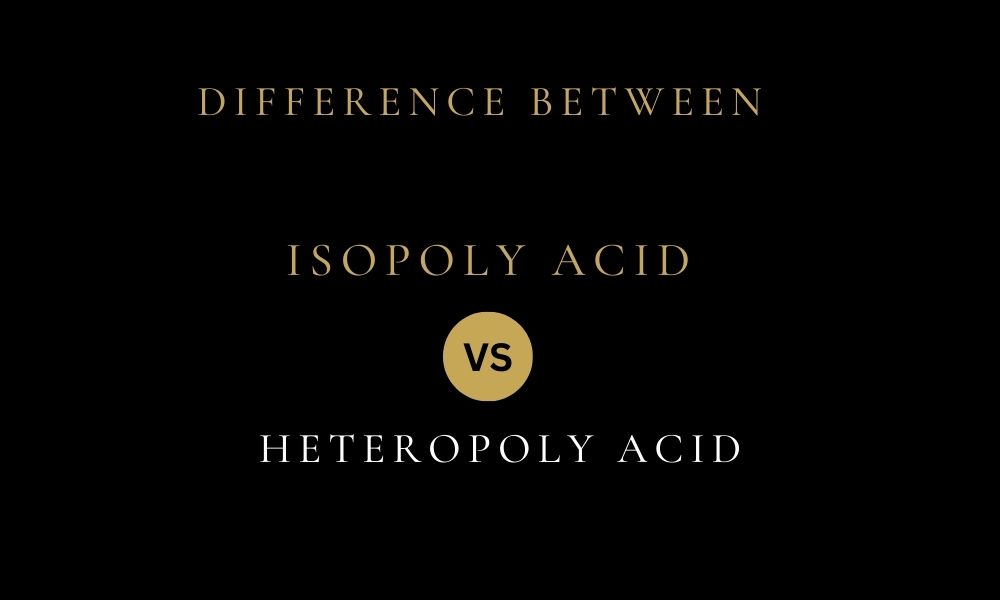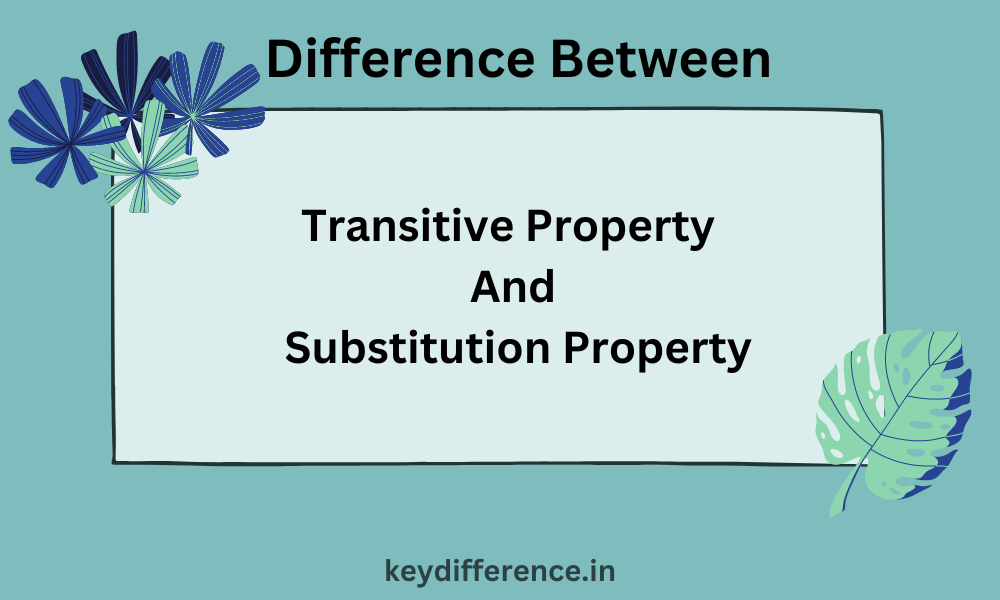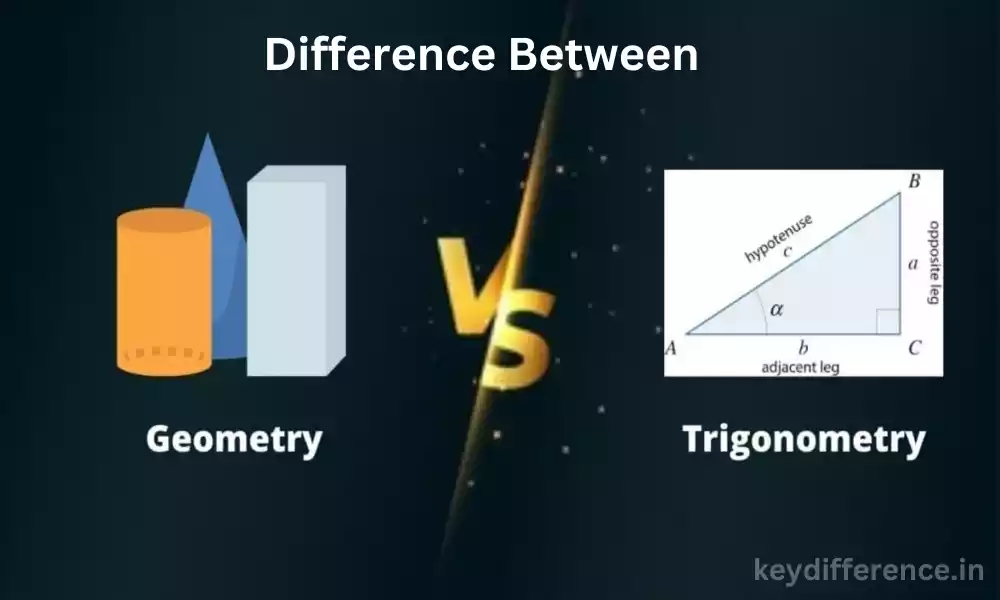Gene transfer methods have revolutionized areas of biotechnology, genetics as well and medical studies. Biolistic and Microinjection of the most popular techniques are biolistic and microinjection provide unique methods for injecting DNA from another source into cells.
While the biolistic technique sometimes referred to as”the “gene gun”, harnesses the power of high-speed particles to introduce DNA to cells, microinjection is an approach that is more direct by using a needle that introduces genetic material.
Both methods have distinct advantages, and applications as well as drawbacks. This guide explains the details of these techniques by highlighting the key features and their applications in the current science.
Definition of Biolistic
The biolistic technique, frequently referred to”gene gun” or “gene gun” method, is a method used in order to inject foreign DNA, or any other elements into cells. The word “biolistic” is derived from “biological ballistics”, alluding to the mechanism of the method.
Biolistic processes are when tiny particles, composed of tungsten or gold are coated with DNA of the interest. The particles are then moved at high speeds to enter the cell wall and membranes, thereby delivering the DNA that is attached to targeted cells. This technique does not depend on bacterial vectors, or other substances to facilitate the transfer of DNA.
Biolistic methods are particularly beneficial in transforming cells of plants which have cell walls that are frequently a barrier for different transformation techniques. It is also used to transform other species, such as algae, fungi, as well as some animal cells.
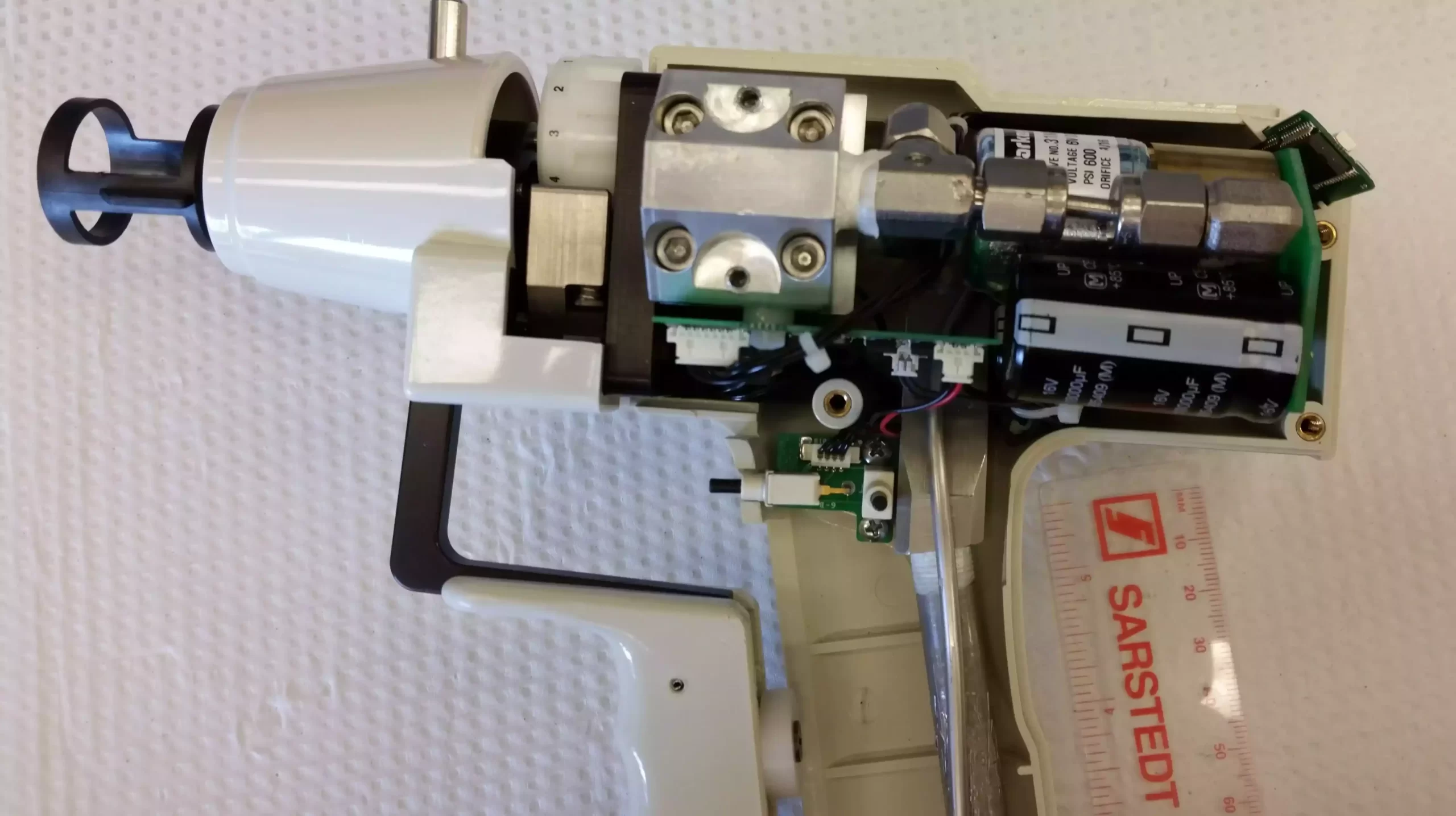
Definition of Microinjection
Microinjection is a precise technique that allows tiny amounts of the substance (such as DNA or RNA, proteins, or any other compounds) directly into the cells of a particular. This is accomplished with a micropipette which is a fine needle that is usually guided by the aid of the microscope.
Within the field of genetic research, microinjections are often used to inject foreign DNA into cells, specifically embryos or ova. Once the DNA introduced is in the genome, and then expressed, it could lead to the creation of transgenic animals. This technique is particularly used in the creation of transgenic animals. This is particularly the case for mice.
The microinjection procedure requires considerable expertise and accuracy since the procedure involves manipulating the cells using a microscope before injecting them, without causing harm. The control that this method provides, particularly in regard to the amount and the location of the substance injected, makes it a valuable tool for many medical and scientific research applications.
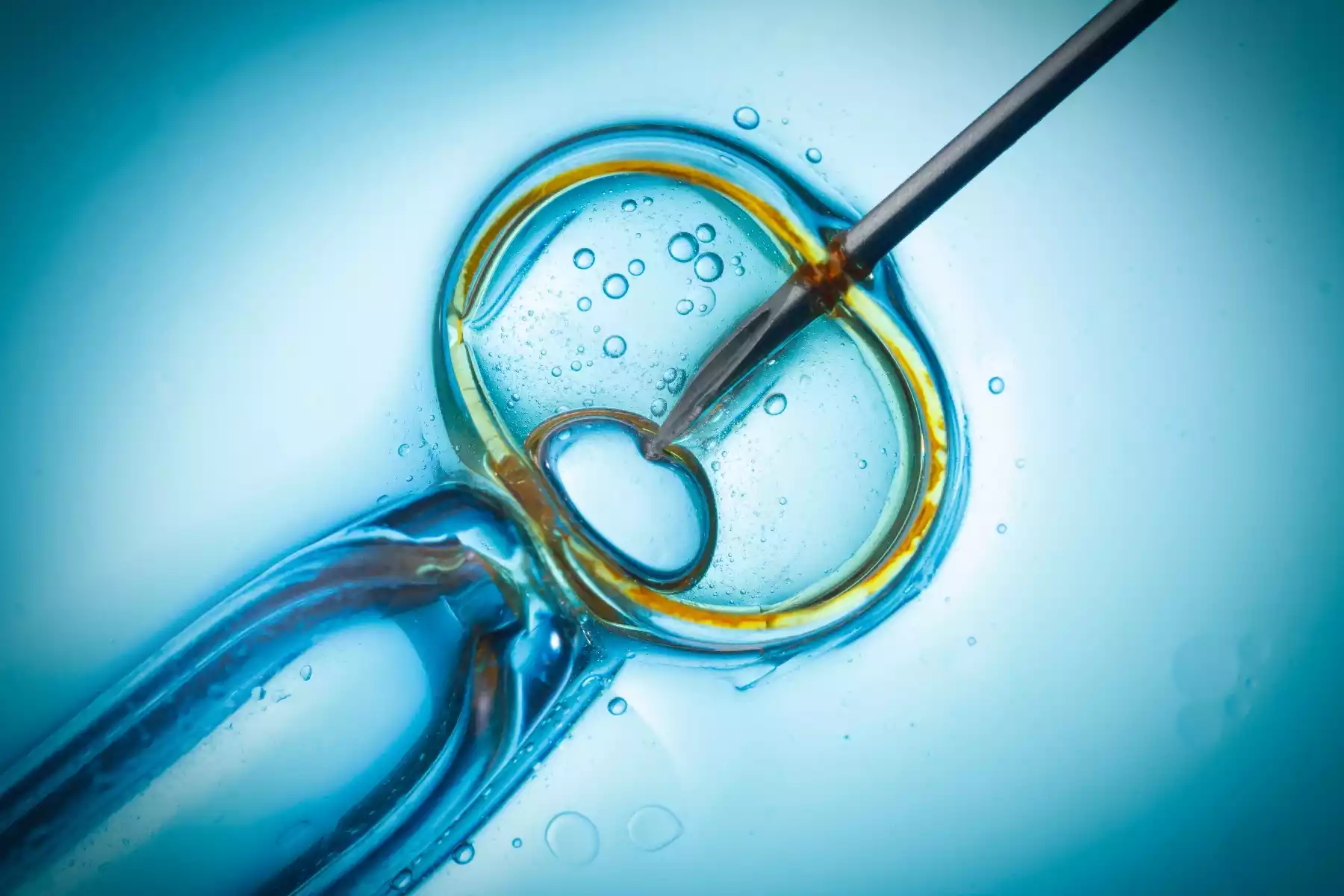
Comparison Table of Biolistic and Microinjection
Comparison Table: Biolistic vs. Microinjection
| Feature | Biolistic (Gene Gun Method) | Microinjection |
|---|---|---|
| Definition | Technique to introduce foreign DNA into cells using high-velocity particles. | Precise method to introduce substances into individual cells using a micropipette. |
| Mechanism | Gold or tungsten particles coated with DNA are accelerated to penetrate cell walls and membranes. | A fine needle is used to directly inject substances into the cell under microscopic guidance. |
| Primary Target Organisms | Plants, fungi, algae, and some animal cells. | Mainly animal cells, especially ova or embryos. |
| Equipment Required | Gene gun, coated particles. | Microscope, micropipette, micromanipulator. |
| Skill Requirement | Moderate. Requires calibration and setup of gene gun. | High. Requires precise control and expertise in handling cells under the microscope. |
| Efficiency | Can be less efficient due to potential damage to cells and the randomness of DNA insertion. | High for certain cell types, especially oocytes; offers control over the amount and location of DNA introduced. |
| Applications | Plant transformation, some tough-to-transform organisms, certain cell types. | Generation of transgenic animals, developmental biology research, introduction of nucleic acids/proteins into mammalian cells. |
| Risks/Limitations | Potential damage to cells, risk of multiple gene copies being inserted, and inefficiency of gene integration. | Technically demanding, potential damage to the cell membrane, and time-consuming for large numbers of cells. |
This table provides a snapshot of the key features and differences between the biolistic and microinjection methods. It should be noted that the choice between the two methods often depends on the specific requirements of the experiment and the organism being studied.
The concept of using high-velocity particles
The Concept of Using High-Velocity Particles
The idea of using high-velocity particles, particularly in the biolistic approach, relates to propelling tiny particles coated in genetic material at a rate enough to get through cell membranes and walls. This method allows to introduction of foreign DNA or other compounds directly into the cell’s interior.
Let’s look at the fundamental concepts, the applications, and the importance of this concept:
- Underlying Principle:
- The biolistic approach uses force to penetrate the barriers that protect cells. The power of this technique is its capability to break through the naturally strong and selective cell wall’s permeability (in fungi, plants, and some algae) and cell membranes (in all cells).
- Particle Choice:
- Gold and tungsten are among the most widely used materials because of their density and the ability to coat DNA. Their weight is the primary source of force for penetration, especially when it is they are accelerated to high speeds.
- Acceleration Methods:
- There are a variety of ways for achieving this high speed:
- Helium-powered Gene Guns: These make use of a burst of Helium to propel the coated particles.
- Electrical Discharge Guns: These depend on an electric spark to increase the speed.
- powder Gun: is the force of an explosion.
- There are a variety of ways for achieving this high speed:
- Advantages:
- Overcoming barriers: High-velocity particles are able to be able to penetrate the tough walls of cells which makes this method appropriate for plant cells as well as certain organisms that are difficult to transform.
- There is no need for vectors: In contrast to other transformation techniques that rely on vectors, such as bacteria or viruses The biolistic method doesn’t require these agents, thus eliminating the potential problems associated with vectors.
- Challenges:
- Cell damage: There is a chance of causing damage or even killing cells because of the force of the impact. There’s a balance between applying sufficient force to penetrate the cells and limiting the damage to cells.
- Random Integral: DNA that is introduced could be incorporated in random ways into the human genome. This may be less certain than vector-mediated techniques.
- Efficiency variations: The efficiency of the method can differ based on the targeted organism, the kind of tissue, and the specifics of the equipment employed.
- Applications:
- In addition to its widely-known applications in the field of plant transformation and genetics, the method has been utilized in many species of cells and organisms including fungi algae, and animal cells particularly when conventional methods of transformation aren’t effective or appropriate.
The idea of using high-velocity particle particles in the biolistic approach provides an easy, though not entirely brute-force approach to introducing new genes into a cell. The power of this method is in its capacity to physically cross-cut cellular boundaries which biological techniques may struggle to achieve especially in cells with cell walls that are rigid.
Acceleration of particles to penetrate cell walls and membranes
The speed at which particles can get into cell membranes and walls is an essential aspect of the biolistic process. This method lets genetic material or different substances be introduced into the cell’s interior.
Here’s a comprehensive look at the procedure and its importance:
- Why Acceleration?
- Overcoming barriers: The cell wall, in particular in fungi, plants, and a few algae is a strong structure that is designed to protect. The cell membrane, which is present throughout all cell types, regulates the flow of different substances. The acceleration of particles at high speeds makes it possible for the membrane to be smashed.
- Direct Delivery: With a high speed, the particles can carry their cargo (like DNA) directly to the cell’s inside, including the cytoplasm, or the nucleus.
- Acceleration Mechanisms:
- Helium-Driven Gene Guns: A popular method that uses a burst of helium gas to accelerate the coated particles toward the targeted tissue. The abrupt release of pressurized Helium pushes the particles to pass through a membrane before they reach the tissue of the target.
- Electronic Discharge Acceleration: The electric spark is what propels the particles. Once the spark is created and it is vaporized, it releases a water layer, causing a bursting of steam which pushes particles forward.
- Powder-Driven devices: Certain older models make use of gunpowder or other explosives to generate the force needed.
- Particle Dynamics:
- Momentum: The mass (from metallic compounds like gold, tungsten or) and the velocity of particles will ensure that they have enough energy to break through cellular barriers.
- Size Aspects: The particles are usually micrometers in dimension, so they are able to carry enough genetic material to effectively penetrate cells without damaging them in any way.
- Challenges and Considerations:
- Calibration: The acceleration should be calibrated to ensure that it can penetrate without causing severe damage to the cellular.
- Tissue preparation: Certain tissues could be treated prior to being placed in an atmosphere to allow for better particle penetration.
- Efficiency: It is not the case that all particles enter the cells and not all particles that penetrate can result in an effective genetic integration.
- Significance and Applications:
- plant transformation: Due to the stiff cell walls of plants the acceleration technique is especially advantageous for the introduction of genes into the plant tissues.
- Different applications: Apart from plants this technique can be beneficial for a variety of cell types such as algae, fungi, and certain animal cells, particularly when conventional transformation methods are not effective.
- Research: This method assists in research on functions, expression, and other processes in the cell by directly introducing genetic materials and substances.
The speed of acceleration of particles that penetrate cell walls is a result of a fusion of biology and physics. It is a “physical” method of gene delivery that can be used in conjunction with “biological” methods like using bacteria as vectors, thereby expanding the tools that are available for biotechnological research and genetic applications.
Transformation of plant cells and tissues
Transformation in terms of the plant’s biology is the introduction the foreign DNA in plant cells and can trigger the expression of genetic characteristics. The capability to alter the tissue and cells of plants is a key element in the fields of biotechnology for plants as well as genetics and agriculture.
This article will provide an overview of the process of transformation and the significance of it:
- Why Transform Plant Cells?
- Genetic improvement: Introduce desirable traits like drought resistance, disease resistance, or better nutritional profiles.
- Research Objectives: study gene function as well as regulatory elements and other genetic manifestations within the context of a plant.
- applications of biotechnology: Utilize plants as biofactories for the production of industrial enzymes, pharmaceuticals, or other useful products.
- Methods of Plant Transformation:
- Agrobacterium-Mediated Transformation: Utilizes the naturally occurring soil bacterium, Agrobacterium tumefaciens, which has the unique ability to transfer a part of its DNA (T-DNA) into plant cells.
- The Biolistic (Gene Gun) Method: involves accelerating particles containing foreign DNA that penetrates cell membranes and cell walls.
- Direct DNA uptake: Protoplasts of plants (cells that do not have a cell wall) to DNA when they are exposed to certain chemical compounds or under certain conditions that cause the cell’s membrane to become open to DNA.
- Viral Vectors: Certain plant viruses can be altered in order to express foreign genetic material that is then introduced into plants by infection.
- Key Stages in Plant Transformation:
- DNA introduction: The DNA from another source gets introduced into the cells of plants through one of the above methods.
- Integration: The DNA introduced is integrated into the genome of the plant.
- Selection: Cells that have successfully incorporated foreign DNA are chosen, typically with an antimicrobial resistance marker.
- Regeneration: The cells selected are grown in conditions that encourage the growth of a whole plant from just one transformed cell.
- Verification: Methods based on molecular analysis such as PCR and Southern Blotting, are employed to verify the integration and presence of the foreign DNA.
- Challenges:
- Specificity of Tissues and Species: The methods listed below do not are equally effective for all species of plants or types of tissue. For example, Agrobacterium works well for dicots but is not as efficient for monocots, such as corn.
- Effect of Position: The site in which DNA from another source can influence its expression and result in varying outcomes.
- Potential Off-Target Impacts: Unintentional genetic changes may occur, which can alter the growth of the plant development, growth, or other characteristics.
- Ethical and regulatory concerns: Genetically modified plants are subject to strict regulation and are the object of ethical and environmental debates.
- Significance:
- Agriculture: The invention of genetically modified (GM) crops that have enhanced characteristics has transformed agriculture in a variety of regions around the globe.
- Conservation: Genetic modifications could aid endangered species of plants to deal with the changing conditions of their environment.
- Economic impact: GM crops can result in higher yields, less dependence on pesticides, and improved crop quality, all of which contribute to economic advantages.
The transformation of tissue and plant cells is an effective device that has greatly influenced the modern world of research, agriculture, and biotechnology. By using a variety of methods scientists are able to harness genetic information to design plants that can meet the needs of specific species or to better understand basic biological processes more thoroughly.
Can transform multiple genes simultaneously
The introduction of several genes in plants simultaneously commonly known as “stacking” or “co-transformation,” is a useful strategy particularly when a desired trait is governed by a variety of genes or multiple traits are being introduced at the same time.
Here’s a brief overview of the strategies and importance of this strategy:
- Methods for Simultaneous Gene Transformation:
- Binary Vector System (BVS) in Agrobacterium: The use of two distinct Agrobacterium strains each with distinct T-DNAs, can increase the likelihood of introducing a variety of genes.
- Multiple-T-DNA Binary Vectors: A single vector could have multiple T-DNA regions that each carry the gene that is of particular interest. Once transformed, there’s a good chance that multiple T-DNAs will be interspersed.
- Biolistic co-transformation: mixing DNA from several genes and coating the DNA with metal particles permits simultaneous delivery to the plant cells.
- Viral Vectors: Certain plant viruses are engineered to carry multiple genes, allowing their simultaneous entry into the cells of plants.
- Advantages of Multiple Gene Transformation:
- Complex Trait Expression: Certain traits, such as drought tolerance and pest resistance could be controlled through multiple genetics. Co-transformation is a way to ensure the existence of all necessary genes.
- Synergistic effects: The simultaneous introduction of genes that function better together could result in enhanced results compared to a single gene introduction.
- Reduced time and resources: Introducing multiple genes simultaneously is more efficient than introducing them in a sequential fashion, especially when you consider the subsequent breeding needed to introduce traits in a separate manner.
- Challenges:
- Regulating Gene Expression: The introduction of multiple genes can result in erratic expression patterns because of interaction between the genes.
- Genetic Stability: the simultaneous activation of many genes may result in unstable genetic constructs that affect the expression of traits over time.
- Selection: Selecting plants or cells that have successfully integrated all the desired genes is difficult, particularly if you do not use multiple resistance markers.
- Possibility of Off-Target Effects: The introduction of multiple genes increases the chance of unintended genetic modifications or interactions.
- Applications:
- Agriculture: Growing plants that can withstand a variety of insects or diseases or provide improved nutritional profiles along with greater yield.
- Biotechnological: Production of plants that simultaneously produce many beneficial enzymes or compounds.
- Ethical and Regulatory Considerations:
- Like single gene mutations, The addition of several genes can raise concerns about the environmental impact and the possibility of cross-breeding with wild relatives, as well as other environmental considerations.
- Regulators may need to conduct more thorough testing of plants that have been transformed by multiple genes in order to assure the safety of their plants and to ensure predictability.
Even though changing simultaneously several genes poses unique challenges it’s still a useful instrument for breeders and researchers seeking to create plants with broad and synergistic improvement in traits. An understanding of technique optimization and oversight by regulatory authorities is essential to unlock the full potential of this technology.
Potential damage to cells due to high velocity
Using high-velocity methods, like the biolistic (gene gun) technique, to introduce foreign substances into cells is a powerful approach, especially for difficult-to-transform cells like those with rigid cell walls. However, using particles that travel at such rates into biological tissues can result in a variety of cell damage.
Here’s a look at the possible damage and some considerations:
- Physical Trauma:
- Direct Impact Damage: The site of the impact could suffer physical disturbance, leading to cell death, or damage to organelles within the cell.
- Trauma to the surrounding tissue: Cells that are located near the direct site of impact could be affected by the shockwave generated by the high-velocity collision.
- Genetic Damage:
- Random integration: The DNA that is introduced might be integrated randomly into the genome. This could cause disruption to natural gene expression or regulate elements possibly creating undesirable cellular effects.
- DNA Shearing: The force generated by high-velocity particles could shatter DNA introduced and alter its integrity.
- Physiological Stress:
- Oxidative Stress: The physical trauma and the process of introduction can trigger oxidative stress in cells, resulting in damage to proteins, lipids, and DNA.
- Cell Reaction: Cells could react to trauma by triggering defense or repair mechanisms that take energy and resources away from the normal functions of cellular cells.
- Secondary Effects:
- An Inflammatory Reaction: In multicellular organisms, the introduction process may trigger an inflammatory response that can lead to further cell damage.
- Alternate metabolism of cells: The stress response could alter the pathways of metabolism within the cell, which could affect the normal functioning of the cell.
- Factors Influencing Damage:
- particle size and density: The smaller and denser particles (like gold) could cause less harm than heavier, more dense particles.
- Velocity: The higher the velocity, the greater the possibility of damage however it also increases the chance of a successful penetration. It’s all about balance.
- Target Tissue: Tissues with specific targets may be more vulnerable to injury than other tissues. For instance, mature tissues may be more resistant than the meristematic tissues.
- Mitigating Damage:
- Calibration: The ability to adjust the speed and pressure will help you find the perfect ratio between transformation success and minimal harm.
- Particle Optimization: Utilizing the most efficient dimensions and materials for particles will lessen the damage that is caused.
- post-transformation care: providing tissues or cells with proper nutrients or conditions for growth post-transformation may aid in healing.
- Comparative Analysis:
- While high-velocity methods can lead to cellular damage, it’s worth noting that many transformation techniques, like Agrobacterium-mediated transformation or chemical methods, also stress cells and can induce damage. The selection of the method is based on the organism being targeted in terms of efficiency and desired, and acceptable levels of stress.
Although high-speed techniques of transformation provide the ability to directly introduce new substances to cells, they also have the risk of the risk of damage. The process requires refinements and cautious protocol modifications are crucial to increase the effectiveness of the process while minimizing damage.
Similarities Between Biolistic and Microinjection
Microinjection and biolistics are physical techniques used to introduce foreign substances (like DNA or RNA, proteins, and other components of the cell) in cells.
Despite their different mechanisms they have many similarities:
- Direct Physical Methods:
- They bypass the requirement for intermediaries, or vectors, like viruses or bacteria, to introduce materials into cells. Material is introduced into cells directly.
- Broad Spectrum of Targets:
- They are able to be applied to many different types of cells as well as those difficult to change using other techniques. Both methods have been utilized on animals, plants as well as fungi, and certain bacteria.
- Precise Control:
- The users have the ability to control the quality and quantity of the material that is in the cells.
- Cell Wall and Membrane Penetration:
- Both methods permit the introduction of substances into cells through cells’ walls (in the case of fungi, plants as well as some algal species) or cell membranes that reach the inside of cells.
- Co-Introduction:
- Materials of different types (like various DNA constructs) are able to be introduced simultaneously by either method.
- Microscopic Visualization:
- Both methods can be carried out under microscopic observation, particularly microinjections, which allow the precise targeting of certain cells or cell components.
- Transient or Stable Transformation:
- Both of these methods may produce transient expression (where the material introduced isn’t integrated into the genome but is expressed for a brief period) or a stable transformative process (where the material is integrated into the genome and gets transferred to the next generation).
- Potential for Cellular Damage:
- Both procedures carry the possibility of causing physical injury or strain to cells because of the invasive nature of the techniques.
- Requirement for Specialized Equipment:
- Both microinjection and biolistic processes require special tools (gene guns for biolistic as well as micromanipulators in microinjection).
- Skilled Technique:
- The ability to master either technique requires experience and training Both methods are dependent on the skill of the user and may differ in their efficiency depending on the expertise of the person who performs.
Even though microinjection and biolistic both are distinct in their operational strategies They share a number of similarities as physical, direct methods for introducing material into cells. Both techniques have significantly increased the toolkit that researchers have access to for the manipulation of genes across various cells and species.
Conclusion
Both microinjection and biolistic techniques can be used as powerful techniques in the field of genetic engineering, allowing researchers to directly inject foreign genetic material directly into cells.
Although each technique has its unique mechanisms and applications, however, they are all similar in their capacity to transform the cells, removing the traditional barriers of membranes and cell walls. While they are able to provide flexibility and precision, it’s important to be aware of the potential for harm to cells because of their invading nature.
As technology advances, the refinement of these methods will certainly keep on going, enhancing our understanding and manipulating the genetic foundations that drive life.

